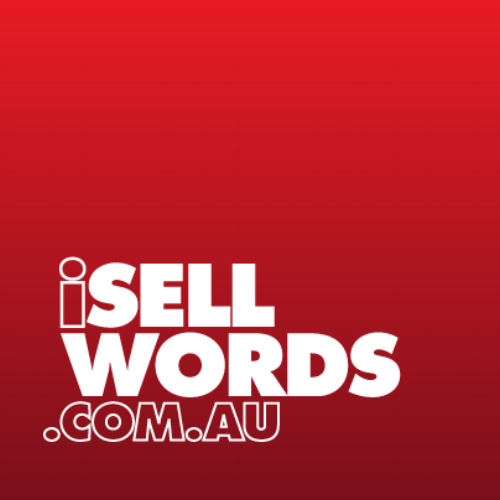“Tell me all the details!” is a well-worn piece of dialogue from romcoms and sitcoms – usually as two women in pyjamas hold wine and sit down on a couch. Being the word nerd that I am, I often wonder – what if the storyteller took what she said literally?
The sometimes physicist, sometimes wizard Robert Anton Wilson once wrote that creating a map of a territory – let’s say my hometown of Melbourne – with perfect detail would require a map so large it would be identical to Melbourne itself. It would contain trillions of moving parts, right down to those fast food wrappers blowing about Flinders Street Station. “Perfect detail” is impossible, for our brains cannot comprehend it.
An incomplete, but still useful, map.
So, communication is imperfect and subject to distortion on the way from sender to receiver. Many businesses bog themselves down in the detail, believing that more detail is better. Heaping more “detail” on with words about your product or service increases the chance of distortion. So the model you present to the world is now:
Not representative of the whole, and;
Possibly incorrect once it reaches the person you’re showing it to.
Politics wonks bury themselves in the detail, sometimes reams and reams of it. Apathetic types may bemoan the “soundbite” culture of politics, but politicians are savvy enough to realise detail is unimportant, because detail is incomprehensible. Elections are won and lost on getting the amount of detail wrong. Just look at former Liberal opposition leader Dr. John Hewson lose the 1993 “unlosable” Federal Election getting bogged down in – you guessed it, detail.
How much detail is enough?
So how much detail is enough? Why is detail a bad thing? Of course, it’s neither good nor bad, but most effective when applied with forethought. For a business, too much detail can end up dead on arrival to your intended audience (which is another amorphous blob that contains too much individual elements to get right.) So whatever you end up communicating is incomplete, but useful.
Take my 1:1 map example. A 1:1 map doesn’t help me navigate around Melbourne. However remove most of the detail, shrink it down into a two-dimensional representation, and I can still make my way from Flinders St. to the Town Hall up Swanston in the form of a map. The connection between map and territory is more useful, even with many details left out.
For some, the more you look the less you see. Do you ever feel frustrated by detail?


